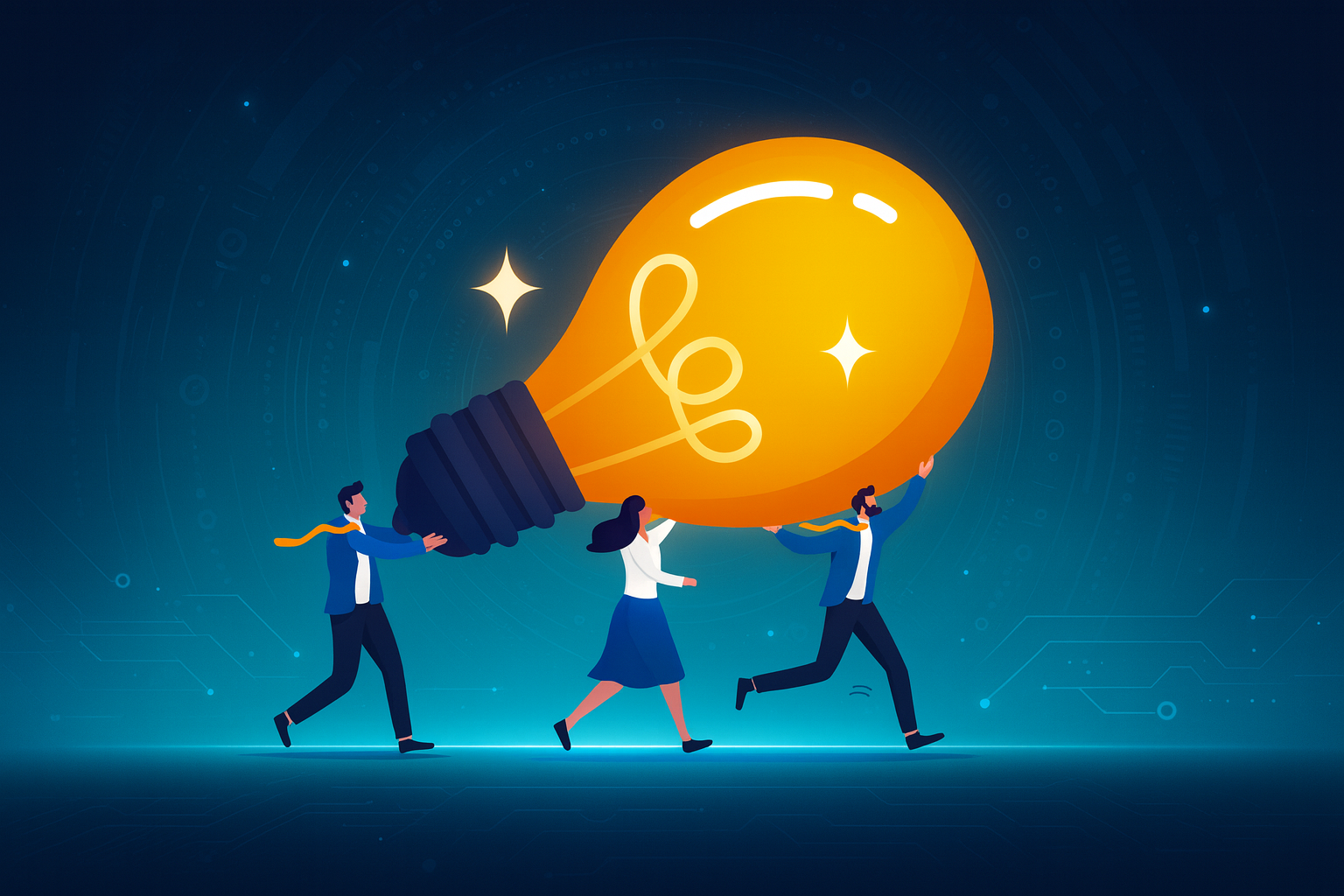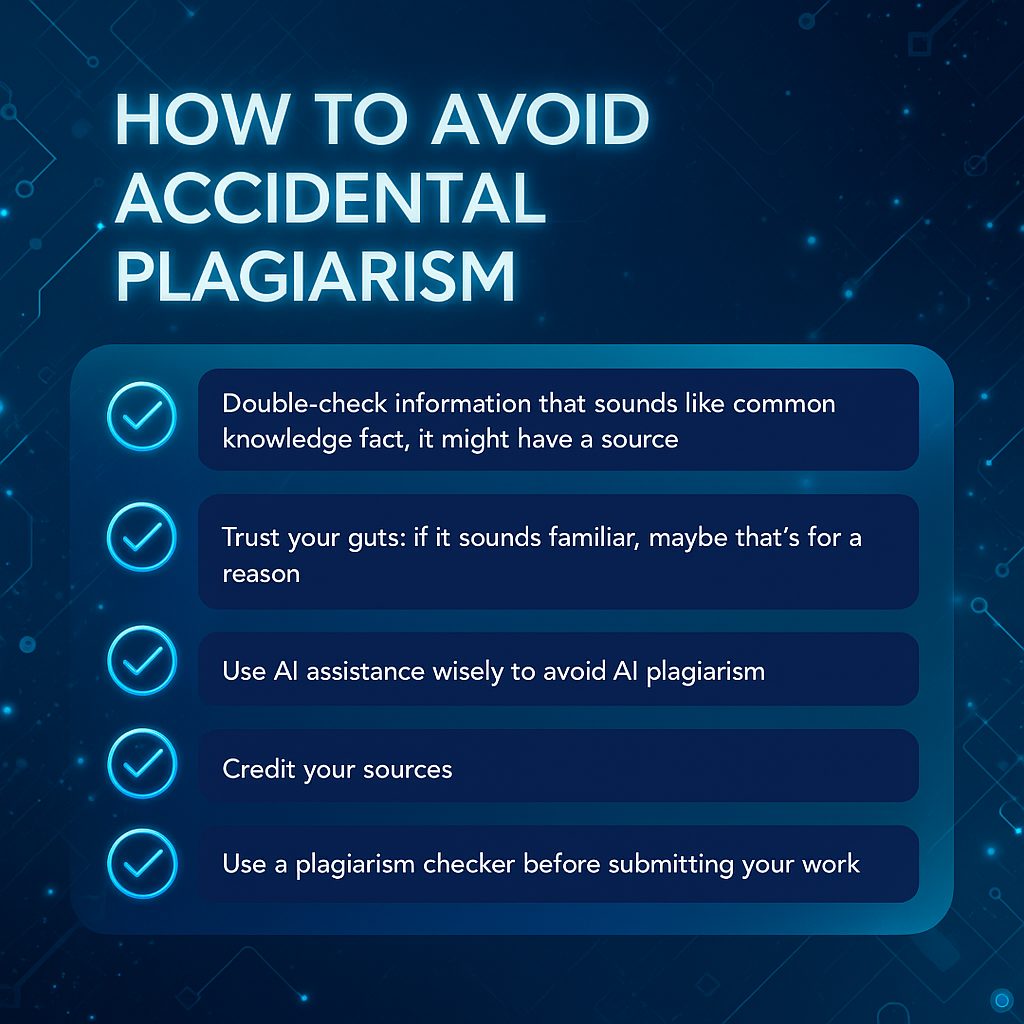
Reading someone’s thoughts might be fun among friends, but it can cause trouble with intellectual property. This happens when people unknowingly use ideas that aren’t theirs.
Even by accident, copying can be seen as theft. Because of this, writers, artists, and students use plagiarism checkers. These tools help keep their work original and protect their reputation and finances.
Let’s look at times when unintentional copying happens more often.
Unintentional plagiarism in a creative field
Our ideas often come from our surroundings. What we see, read, hear, and experience every day shapes our thoughts and influences what we create. Sometimes, we think we’ve made something new, but our environment has more control over us than we realize.
That’s why people might say, “I’ve seen this before!” or “This reminds me of that song,” and it’s not always a good thing. It might show that we’ve been influenced too much, or maybe it’s just a popular idea floating around, or even a coincidence that we ended up copying something already out there. It happens to everyone!
In music, artists sometimes face accusations of copying songs, even when they claim they’ve never heard the original tunes. Even smart professors and future leaders sometimes forget to give proper credit. Students might use ideas from their friends or books without meaning to cheat.
An idea might seem so familiar that it feels like it’s common knowledge, not something that needs a citation. In these cases, tools that check for plagiarism can be useful to see if our work is truly new.
Self-plagiarism
Reusing your own ideas without realizing it can also count as accidental cheating. This happens when you bring up old thoughts without meaning to refer back. Imagine you have written something and use the same ideas in a new paper. Or, a student writes a paper with the same facts and conclusions as in earlier work. In these situations, tools that check originality might spot matches if the work is in their records.
It’s not wrong to revisit your ideas. We just want you to recognize when you’re repeating earlier work and think about if it fits the new situation.
AI plagiarism
AI plagiarism is a newer type of copying issue and a big challenge for teachers now. As AI grows fast, teachers, editors, and recruiters need to tell apart machine-made text from human work.
This need isn’t just about wanting real writing. AI content often lacks originality. Tools like Chat GPT or Google Gemini don’t create new writing. They mix texts from many sources they study. So, AI doesn’t exactly copy, and normal plagiarism checkers won’t find exact matches. Chat GPT uses random words from different places. But, in essence, AI takes someone’s writing and makes something new without saying where it came from.
AI can help with certain tasks. New AI models try to “think” and sometimes show where they got their info. Still, they can “hallucinate” and mention fake or wrong sources. So, it’s important to know when text is machine-made or human-made, and that’s where the Chat GPT checker is useful.

PlagiarismCheck.org offers a simple tool to quickly detect plagiarism and AI-generated content in your text. Enhance your convenience by using our browser extensions or integrating with LMS platforms like Canvas and Moodle. Test your work for accidental plagiarism at no cost today!
